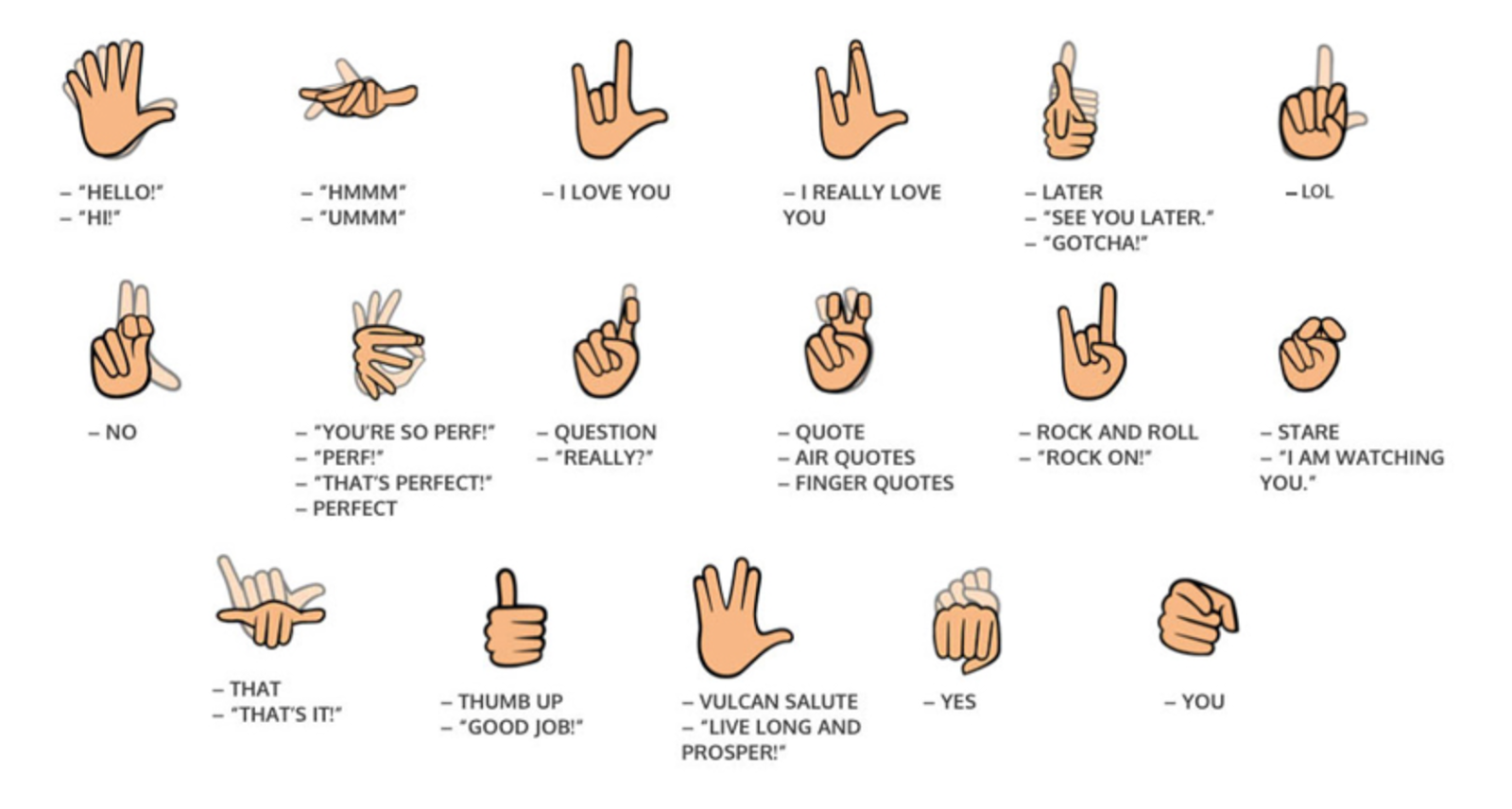In the world of communication, understanding different languages and acronyms is essential, especially as the digital age evolves. One such acronym that has gained significant traction is ASL. But what’s ASL mean, and why is it important in today’s society? ASL has various interpretations depending on the context in which it is used. It could refer to American Sign Language, a crucial communication tool for the deaf and hard of hearing community, or even a casual inquiry in online chats about a person's age, sex, and location. In this article, we'll explore the different meanings of ASL, its origins, and its role in modern communication.
As technology continues to shape how we interact, understanding acronyms like ASL becomes increasingly important. The rise of social media and online messaging has transformed how we communicate, making it essential to be aware of terms that bridge gaps between different communities. Whether you're engaging with friends on social platforms or seeking to understand the nuances of sign language, knowing what’s ASL mean can enhance your communication skills.
In this comprehensive guide, we will delve into the various aspects of ASL and how it affects our interactions today. From its historical background to its practical applications, this article aims to equip you with a better understanding of ASL, answering the question, “what’s ASL mean?” in every context.
What is ASL?
ASL stands for American Sign Language, a complete, natural language that has its own grammar and syntax. It is the predominant sign language used by the deaf and hard of hearing communities in the United States and parts of Canada. ASL incorporates visual gestures, facial expressions, and body language to convey meaning, making it a rich and expressive form of communication.
How Did ASL Develop?
The origins of ASL date back to the early 19th century. It was influenced by French Sign Language and regional sign languages used by the deaf community in the United States. The establishment of schools for the deaf, such as the American School for the Deaf in Hartford, Connecticut, played a crucial role in the development and standardization of ASL. Over time, ASL has evolved, incorporating new signs and expressions to meet the needs of its users.
Why is ASL Important?
ASL is vital for fostering communication and understanding within the deaf community. It provides a means for individuals to express themselves and connect with others. Moreover, learning ASL promotes inclusivity, allowing hearing individuals to communicate effectively with deaf individuals. Understanding ASL also enriches cultural appreciation, as it opens doors to the rich history and experiences of the deaf community.
What’s ASL Mean in Different Contexts?
While ASL primarily refers to American Sign Language, it can also have other meanings in different contexts. For instance, in online chats, ASL is often used as an abbreviation for "age, sex, location," a common question posed to learn more about someone. This highlights the importance of context when interpreting acronyms and phrases.
How is ASL Used in Digital Communication?
In the digital realm, ASL has taken on a life of its own. Social media platforms and messaging apps have popularized its use, allowing individuals to connect across distances. Whether it's in a casual conversation or a more serious discussion, understanding what’s ASL mean in online communication can enhance interactions and foster a sense of community.
What Are Some Common Misconceptions About ASL?
Despite its widespread use, there are several misconceptions about ASL that need addressing:
- ASL is not universal: Different countries have their own sign languages, each with unique grammar and vocabulary.
- ASL is not merely a signed version of English: It has its own structure and idioms, making it distinct from spoken languages.
- Learning ASL requires practice: Like any language, mastering ASL takes time and dedication.
How Can You Learn ASL?
For those interested in learning ASL, there are numerous resources available to help you get started. Here are some effective ways to learn:
- Enroll in a course: Many community colleges and organizations offer ASL classes for beginners.
- Use online platforms: Websites and apps provide comprehensive lessons and tutorials.
- Practice with native signers: Engaging with the deaf community can enhance your learning experience.
- Watch ASL videos: Online videos can help you understand the nuances of signing and visual expression.
What Resources Are Available for ASL Learning?
Here’s a list of resources that can aid in your ASL learning journey:
- Books on ASL grammar and vocabulary
- Online courses from reputable organizations
- YouTube channels dedicated to ASL instruction
- Local deaf community centers that offer workshops
What’s ASL Mean for Deaf Culture?
ASL is more than just a means of communication; it is a cornerstone of deaf culture. It fosters community, identity, and pride among its users. Understanding what’s ASL mean within this context allows for greater appreciation and respect for the rich cultural heritage of the deaf community. Celebrating ASL helps break down barriers and promotes a more inclusive society where all forms of communication are valued.
In conclusion, understanding what’s ASL mean is essential for effective communication and fostering inclusivity in our diverse world. Whether you're interested in learning American Sign Language or simply curious about its significance in digital conversations, this exploration provides valuable insights into its meaning and importance. Embracing ASL and its rich cultural implications can lead to deeper connections and a greater appreciation for the diverse ways humans communicate.
Unlocking The Magic Of TikTok To MP4: A Comprehensive Guide
Jo Koy's Hilarious Take On Taylor Swift: A Comedy Journey
Exploring The Phenomenon Of The Among Us Meme


